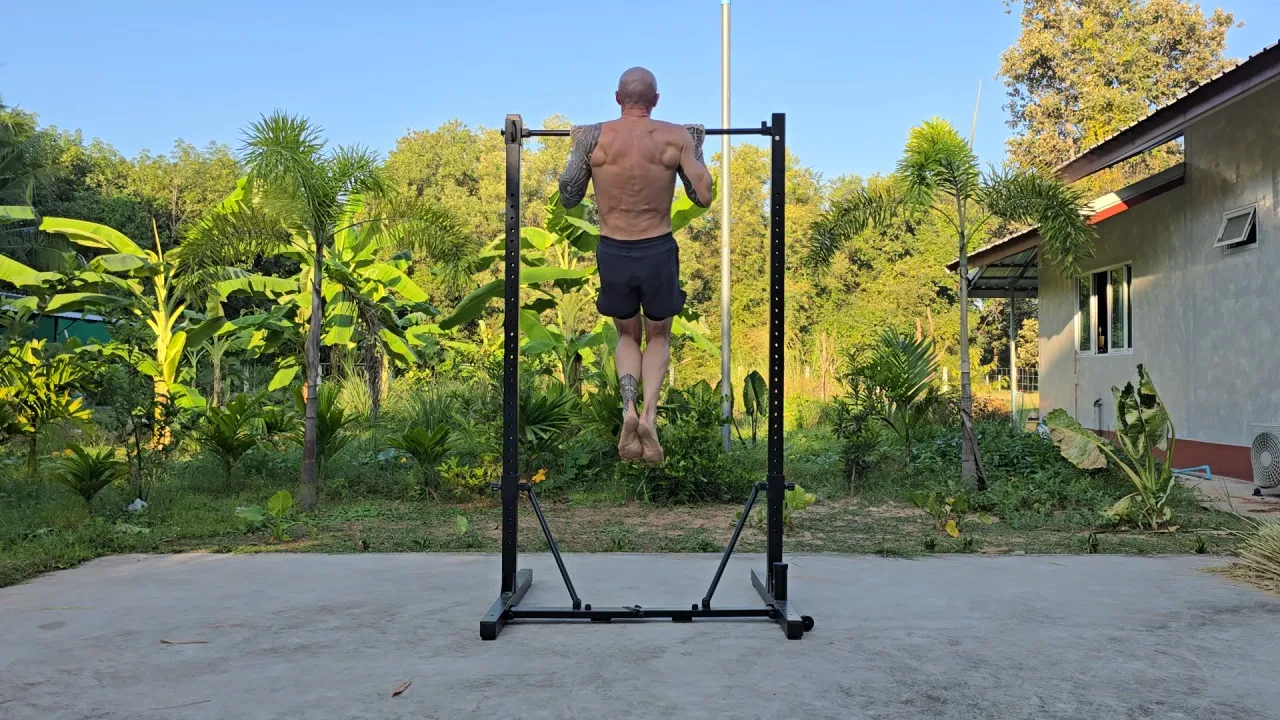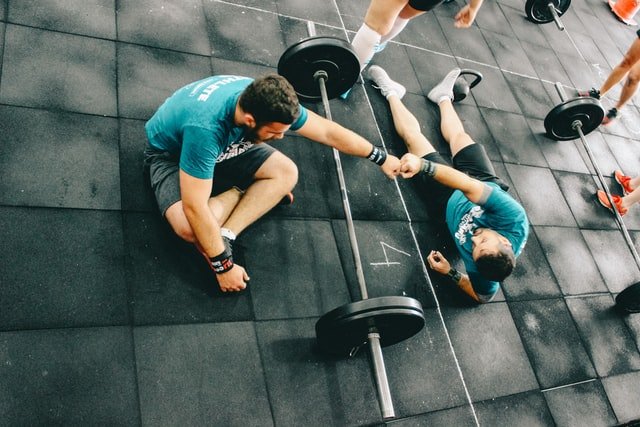Chronic venous insufficiency (CVI) is a common problem people may suffer from after age 40. This can cause visible veins, itching, pain, and swelling.
The treatment for CVI may depend on various factors such as severity and time progression in stages. Also, each stage shows different signs on your body and requires a specific type of treatment; therefore, you should visit your doctor for proper diagnosis and treatment of your issue. But if you are confused about that, What kind of doctor treats varicose veins?
Vascular surgeons, who treat your infected varicose veins, are specially trained in all aspects of vascular issues, ranging from mild to invasive treatment and complex surgery.
CVI diagnosis and staging
Chronic venous insufficiency (CVI) is a health condition affecting the lower body’s veins. Initially, CVI can cause very few symptoms, which are hard to spot. CVI can possess some symptoms such as:
- Pain
- Swelling
- Skin damage
- Ulcers
Stages or levels can help your doctor with regular reporting and diagnosis, so your doctor can treat the issue properly. Your doctor will stage your CVI from diagnosis to throughout your treatment. First, they will do a physical examination and evaluation of the situation to diagnose CVI. They’ll inspect your skin condition, such as bulging or veins. They’ll see a swelling called edema or pain while touching your skin.
Tests and reports
To review your condition, your doctor will review your medication and the cause of swelling, itching, and pain. They might also conduct tests to exclude other causes of edema, including:
- Congestive heart failure
- Any Liver and Kidney related issue
- Lymphedema
- Diabetes
- Cysts or growths
During your check-up, your vein doctor will see the structure and functioning of your veins. Also, these reports will allow your doctor to diagnose and stage your CVI. Specific tests might include:
Venous duplex imaging is your doctor’s ultrasound to see veins and how blood flows through them.
Air plethysmography: is a test in which your doctor will use a small and painless tool to estimate how much swelling in your leg changes when you move in different positions.
These treatments are good enough to treat CVI, but some people wonder how much does varicose vein treatment cost. Your varicose veins treatment is covered by insurance because they are necessary for a health emergency. However, if your insurer does not cover varicose veins, you can use some at-home treatment.
At-home remedies
Apart from doctor’s treatment, there are some steps you can take to manage your CVI problem at home.
- You can use compression stockings while going to sleep to prevent swelling.
- If you stand or sit prolonged for hours, you can relax for a while and do some exercises such as stretching.
- You should keep your legs elevated above your heart level.
- Keep your legs well-moisturized and clean.
Therefore, you should visit your veins doctor for treatment.







